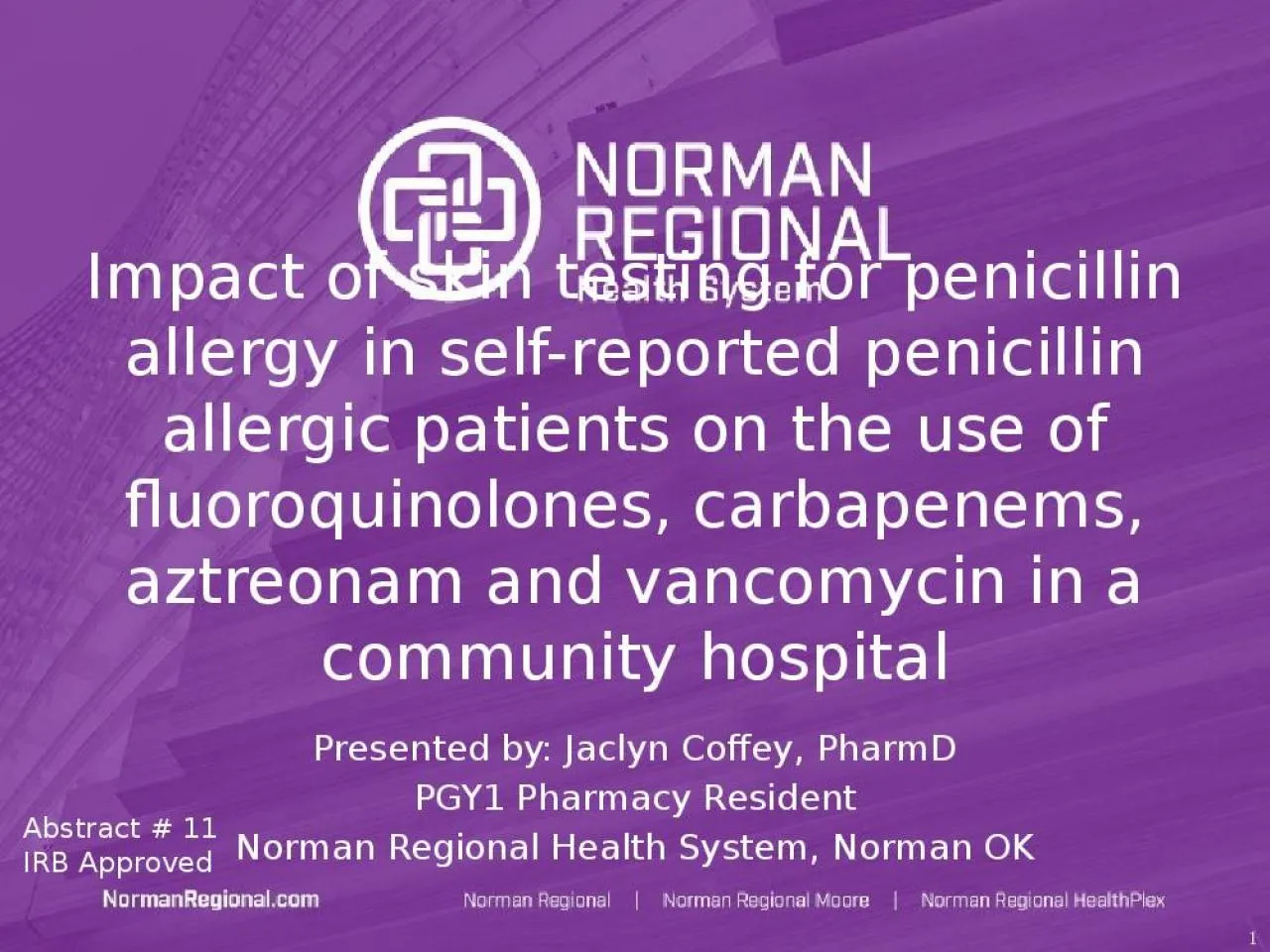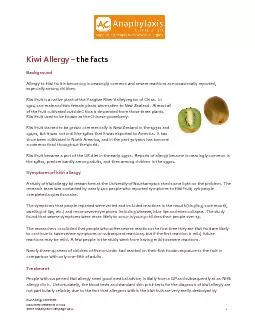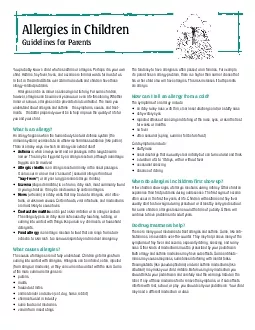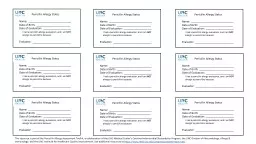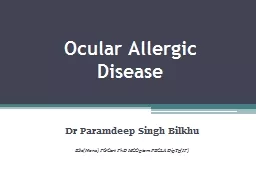PPT-Impact of skin testing for penicillin allergy in self-reported penicillin allergic patients
Author : willow | Published Date : 2022-02-12
Presented by Jaclyn Coffey PharmD PGY1 Pharmacy Resident Norman Regional Health System Norman OK 1 Abstract 11 IRB Approved Disclosure Jaclyn Coffey Potential
Presentation Embed Code
Download Presentation
Download Presentation The PPT/PDF document "Impact of skin testing for penicillin al..." is the property of its rightful owner. Permission is granted to download and print the materials on this website for personal, non-commercial use only, and to display it on your personal computer provided you do not modify the materials and that you retain all copyright notices contained in the materials. By downloading content from our website, you accept the terms of this agreement.
Impact of skin testing for penicillin allergy in self-reported penicillin allergic patients: Transcript
Download Rules Of Document
"Impact of skin testing for penicillin allergy in self-reported penicillin allergic patients"The content belongs to its owner. You may download and print it for personal use, without modification, and keep all copyright notices. By downloading, you agree to these terms.
Related Documents

